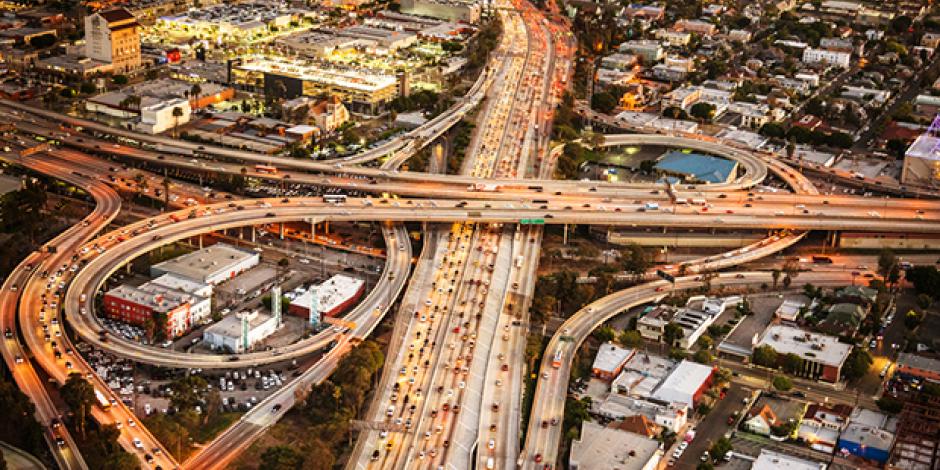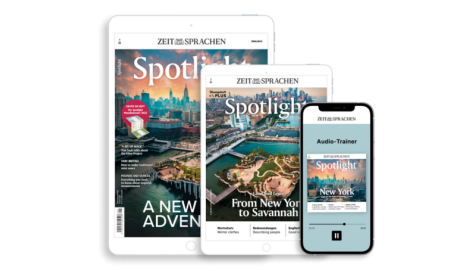Starten Sie den Audio-Text
Mit dem Audio-Player können Sie sich den Text anhören. Darunter finden Sie das Transkript.
Transcript: Out and about in LA
Los Angeles is the reigning championTitelverteidigerreigning champion when it comes to the city with the worst traffic congestion in the US. But lately, LA is also appearing at the top of lists for worst traffic in the world. As the city’s metropolitan area continues to grow, it’s becoming obvious that something has to change. The agency most likely to bring about that change is the LA County Metropolitan Transportation Authority, or Metro for short. The agency operates public transportation in the LA metropolitan area. Spotlight talked to Metro spokespersonSprecher(in)spokesperson Dave Sotero about the agency’s plans for the future. In the first part of the interview, Sotero to detailausführlich beschreibendetails the current transport challenges facing Los Angeles.
As everybody that drives in LA well knows, it’s an extremely anxiety-producing experience to try to get from point A to point B on the LA freeway (US)Autobahnfreeway system any part of the day, but the rush hour is unbelievable. LA Times described it as a “soul-crushingzutiefst zermürbendsoul-crushing experience.” And LA is not uniqueeinzigartig, alleineunique in that respect. There’s traffic all over the world, but LA has the onerousdrückendonerous distinction as having some of the nation’s worst traffic and probably the world’s worst traffic. So, that’s really why transit, and what we’re doing in LA to improve transit, is so important for the future. We to anticipateerwartenanticipate that we’re going to get 2.3 million more residentEinwohner(in)residents over the coming decades, and so the situation is not going to improve. We’re going to have more residents and more residents that will want to purchase cars, so we have to proactivelyvorausschauendproactively build out our transit system and make the transit option as well as other multi-modes of travel more beneficialnutzbringendbeneficial, so people can have a really good alternative to driving.
One of the biggest challenges facing Metro is convincing Angelinos to use public transport and leave their cars at home. In the following part of the interview, Sotero talks about dealing with changing traffic patternVerkehrsmuster, -verhaltentraffic patterns. The term “uberization” refers to the ride-sharing company Uber, as well as companies like it.
You know, every transit agency in the country has faced the issue of the changing travel patterns of the public — how they get around and the “uberization” of transportation. So, you know, transit agencies are faced with the challenges of attracting riders back to the system. Some of the ridership has gone down over the years because of the ride-share movement. So, we’re really looking at a lot of different ways that we can attract ridershipFahrgastzahlenridership and help Angelinos make that decision, that, you know what, it is easier to leave the car at home. I’m going to go ahead and take this transit line because it’s closer to where I need to get to and it’s more convenientbequemconvenient and it’s faster. That’s really the triumvirate of benefits that get people out of their cars.
Neugierig auf mehr?
Dann nutzen Sie die Möglichkeit und stellen Sie sich Ihr optimales Abo ganz nach Ihren Wünschen zusammen.



